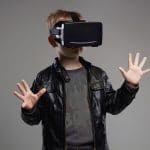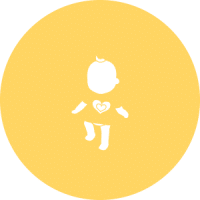
Amblyopia or Lazy eye, as its commonly known affects around 3-5% of children. It occurs when an eye that is otherwise normal, has not received proper stimulation during early childhood and therefore suffers reduced vision. It may result from the presence of a squint or one eye focusing better than the other. If the condition is not recognized and treated during childhood the lazy eye will never improve and the vision loss will be permanent. Treatment typically consists of correcting any focusing problems with glasses and then covering the good eye (patching) to force the lazy eye to work. Improvement of vision after the child is 8 or 9 years of age is rarely achieved.
Amblyopia runs in families – anyone who has a direct family member with amblyopia and squint should get an eye test. A good assessment of a child’s eyes should include:
1) Assessment of vision in a way appropriate to their age
2) Check that the muscle balance is normal and that they see 3D
3) A look at the structures of the eye front and back
4) A refraction (measurement of the optics of the eye).
In young children and in children who have a squint the refraction should be done after putting in eye drops that completely paralyse the focusing muscle of the eye in order to get an accurate result
Some eye problems run in families – if anyone in your family has a squint or lazy eye you should arrange an eye test by three years of age. If you see or suspect an eye problem you should get an assessment right away rather than wait till the child is 3. Most causes of poor vision in children are easily correctable if they are picked up and treated in time, from birth until about 7 1/2 years of age, so checking the eyes during this period is important.









